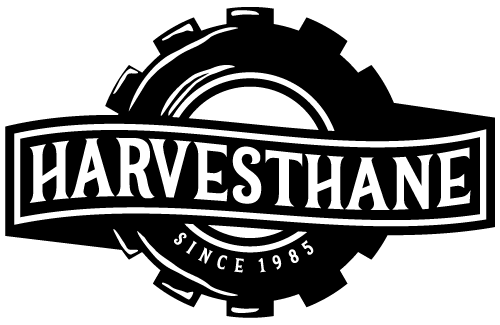NATURAL RUBBER (NR) Natural Polyisoprene
Advantages: Outstanding resilience; high tensile strength; superior resistance to tear and abrasion; excellent rebound elasticity; good flexibility at low temperatures; excellent adhesion to fabric and metals.
Limitations: Poor resistance to heat, ozone, and sunlight; very little resistance to oil, gasoline, and hydrocarbon solvents.
Comment: Natural rubber is a low cost material with excellent physical properties. Generally speaking, it is ideal for applications that require good resistance to abrasion, gouging, and cut growth. It is tough and long wearing and can be compounded for service at temperatures as low as -65F.
SBR (SBR, GR-S, Buna-S) Styrene Butadiene
Advantages: Excellent impact strength; very good resilience, tensile strength, abrasion resistance, and flexibility at low temperatures.
Limitations: Poor resistance to ozone and sunlight; very little resistance to oil, gasoline, and hydrocarbon solvents.
Comment: SBR is much like natural rubber in most of its properties and is the lowest cost and highest volume elastomer available. Although the physical properties are slightly poorer than those of natural rubber, SBR is tougher and slightly more resistant to heat and flex cracking and can be readily substituted for natural rubber in many applications with significant cost savings.
BUTYL (IIR) Isobutylene-isoprene
Advantages: Outstanding impermeability to gases and vapor; very good resistance to heat, oxygen, ozone, and sunlight; high energy absorption (damping); excellent resistance to alkalis and oxygenated solvents; good hot tear strength; superior resistance to water and steam.
Limitations: High compression set; poor resistance to oil, gasoline, and hydrocarbon solvents; low rebound elasticity (snap); fair processability, poor resilience.
Comment: Butyl is chemically unlike natural rubber or other synthetic elastomers in that it is inherently resistant to ozone and corrosive chemicals, including some mineral acids, ketones, and phosphate-ester-type hydraulic fluids. On the negative side, its creep, cold flow, and compression set characteristics leave much to be desired. The processing properties of butyl are only fair. Because of its low level of unsaturation, buytl is difficult to break down during mixing, and it is very susceptible to contamination. Slight contamination causes improper cure and poor physical properties. Chlorinated and brominated versions are less susceptible to contamination and offer lower compression set and improved heat resistance.
EPDM (EPDM, EPM, EPT) Ethylene-propelene, ethylene-propylene-diene
Advantages: Excellent resistance to heat, ozone, and sunlight; very good flexibility at low temperatures; good resistance to alkalis, acids, and oxygenated solvents; superior resistance to water and steam; excellent color stability.
Limitations: Poor resistance to oil, gasoline, and hydrocarbon solvents, adhesion to fabrics and metals is poor.
Comment: Because of its unique combination of physical properties, EPDM can be used in an unusually broad range of products. Aside from applications requiring resistance to oil and hydrocarbon solvents, there is scarcely an application in which EPDM is totally unsuitable. Because of its excellent resistance to ozone, sunlight and severe weather conditions, EPDM is ideal for outdoor service. In general, EPDM, is similar to butyl but has slightly less susceptibility to contamination.
NEOPRENE (CR) Polychloroprene
Advantages: Good inherent flame resistance; moderate resistance to oil and gasoline; excellent adhesion to fabrics and metals; very good resistance to weather, ozone, and natural aging; good resistance to abrasion and flex cracking; very good resistance to alkalis and acids.
Limitations: Poor to fair resistance to aromatic and oxygenated solvents; limited flexibility at low temperatures.
Comment: Neoprene is an excellent all-purpose elastomer with a nearly ideal balance of properties and few practical limitations. General purpose neoprenes are classified in two groups: a sulfur-modified type and a mercaptan-modified type. Sulfur-modified neoprene has increased tear strength and resilience and mercaptan-modified neoprene is superior in resistance to heat and compression set.
NITRILE (NBR, Buna-N) Acrylonitrile-butadiene
Advantages: Very good resistance to oil and gasoline; superior resistance to petroleum-based hydraulic fluids; wide range of service temperatures (-65 to 300F); good resistance to hydrocarbon solvents; very good resistance to alkalis and acids.
Limitations: Inferior resistance to ozone, sunlight, and natural aging; poor resistance to oxygenated solvents.
Comment: Nitrile and neoprene are the highest volume oil resistant elastomers. Nitrile is superior to neoprene in resistance to oil, gasoline, and aromatic solvents. However, it does not perform as well as neoprene in applications requiring exposure to weather, ozone, and sunlight. Furthermore, it has no inherent flame resistance.
The properties of nitrile vary considerably with the ratio of acrylonitrile and butadiene. In general, as the acrylonitrile content of the elastomer increases, oil and sovent resistance and abrasion resistance improve. When the acrylonitrile content decreases, these properties deteriorate, and low temperature flexibility and resilience improve.
When nitrile is modified by polyvinyl chloride (PVC) resins, its resistance to weather, ozone, and sunlight improves considerably without significant sacrifice in oil resisting properties. PVC/nitrile is similar to neoprene, in general, however, it is much inferior to neoprene in adhesion to fabrics and metals.
Carboxylated nitrile is generally tougher and more resistant to tear and abrasion than conventional nitrile, but it is less resilient and flexible at low temperatures.




